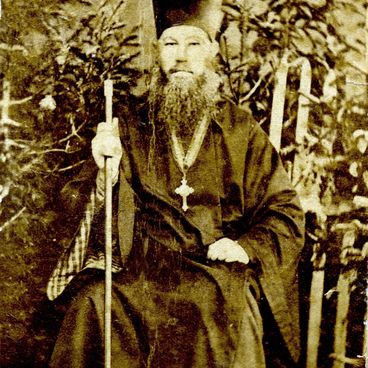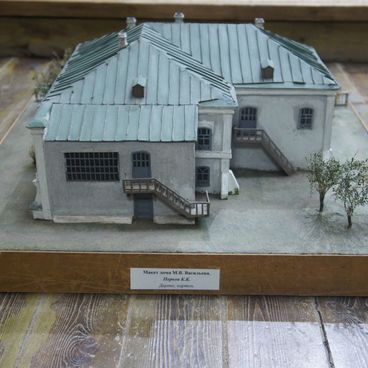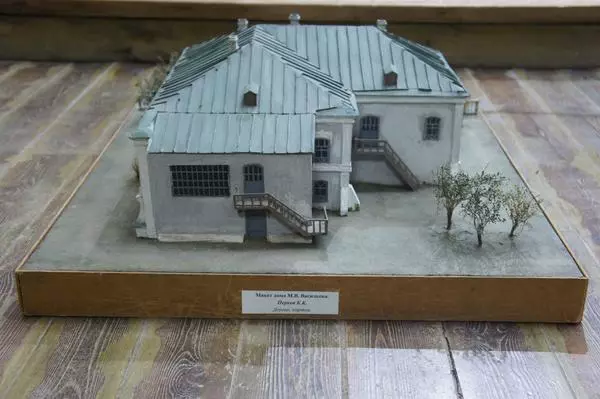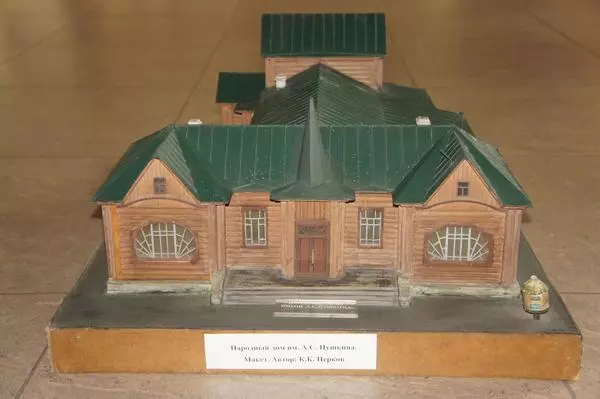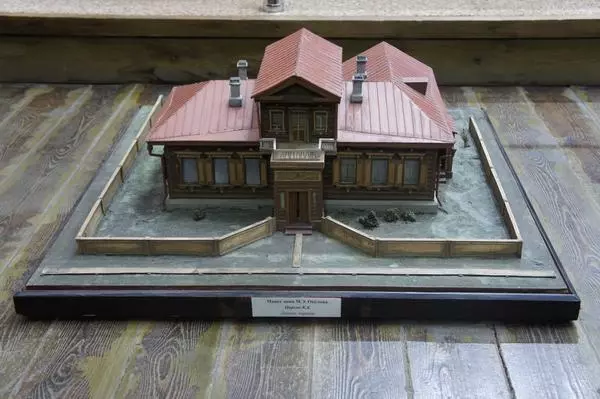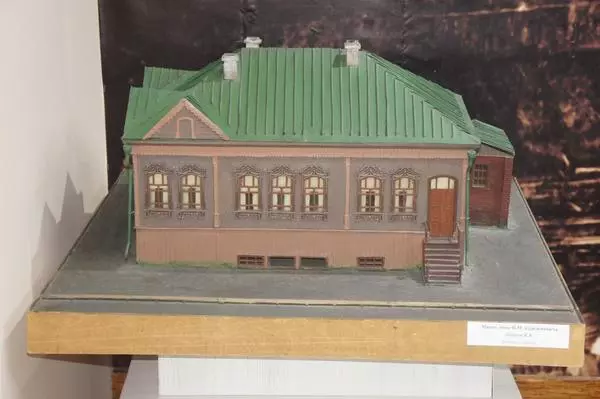In the town of Kuznetsk, near Bazarnaya Square (the town’s central square), there was a large two-story log house at the beginning of Dostoevsky Street. The first owner of this house is unknown, but some evidence suggests that it was built at the very end of the 19th century for the Kuznetsk priest Evgeny Tyumentsev, who performed the marriage ceremony for the great writer F.M. Dostoevsky in the Kuznetsk church in 1857. Anyway, by 1917, the house belonged to Kuznetsk tradesman Temnikov, a prosperous citizen who acted as an agent, selling coal for the joint-stock company Kopikuz. This company got government’s permission for a monopoly on coal mining in the south of Kuzbass.
In 1917, the same joint-stock company received the right to build a metallurgical plant on the land allotted to it in Kuzbass. The construction of the plant was to begin near Kuznetsk, where the so-called Tushtulep site was chosen. An outstanding Russian blast-furnace engineer Mikhail Konstantinovich Kurako was invited for designing the blast furnace shop of the new plant. M.K. Kurako arrived in Kuznetsk in 1918 and settled in Temnikov’s house. In this house, Kurako received visitors, met with fellow engineers, and worked on the drawings of the future plant. Unfortunately, Kurako was not destined to construct the metallurgical plant. The construction was prevented by political disasters that occurred in Russia at the time: two revolutions in 1917, and then the outbreak of civil war. In early 1920, Mikhail Kurako died from typhus that was rampant in Kuznetsk.
Soon, the house came into possession of a Kuznetsk citizen Georgy Stepanovich Blynsky. Georgy Blynsky did a lot for regional history studies in Kuznetsk. Being a friend of another Kuznetsk local history lover Dmitry Yaroslavtsev, G.S. Blynsky also developed a taste for collecting and museum work. When visiting the Mountainous Shoria in line of duty, he gathered interesting ethnographic collection regarding the Shors, indigenous people of Kuznetsk Territory. An avid hunter himself, he killed many interesting birds and animals, which his friend skillfully stuffed.
In 1927, having gathered a real museum collection at home, Georgy Stepanovich donated his house (which went down in the city’s history as Kurako House) with all the exhibits to the city: Kuznetsk (now Novokuznetsk) Museum of Local History was born. It was the first museum in Kuzbass.
Kurako House hosted the museum only for 6 years. In 1933, the museum moved to another building, giving place to children’s bone-tuberculosis dispensary that was located here until the 1960s.
Later, the building was occupied by various institutions until becoming practically derelict in the 1980s.
In 1917, the same joint-stock company received the right to build a metallurgical plant on the land allotted to it in Kuzbass. The construction of the plant was to begin near Kuznetsk, where the so-called Tushtulep site was chosen. An outstanding Russian blast-furnace engineer Mikhail Konstantinovich Kurako was invited for designing the blast furnace shop of the new plant. M.K. Kurako arrived in Kuznetsk in 1918 and settled in Temnikov’s house. In this house, Kurako received visitors, met with fellow engineers, and worked on the drawings of the future plant. Unfortunately, Kurako was not destined to construct the metallurgical plant. The construction was prevented by political disasters that occurred in Russia at the time: two revolutions in 1917, and then the outbreak of civil war. In early 1920, Mikhail Kurako died from typhus that was rampant in Kuznetsk.
Soon, the house came into possession of a Kuznetsk citizen Georgy Stepanovich Blynsky. Georgy Blynsky did a lot for regional history studies in Kuznetsk. Being a friend of another Kuznetsk local history lover Dmitry Yaroslavtsev, G.S. Blynsky also developed a taste for collecting and museum work. When visiting the Mountainous Shoria in line of duty, he gathered interesting ethnographic collection regarding the Shors, indigenous people of Kuznetsk Territory. An avid hunter himself, he killed many interesting birds and animals, which his friend skillfully stuffed.
In 1927, having gathered a real museum collection at home, Georgy Stepanovich donated his house (which went down in the city’s history as Kurako House) with all the exhibits to the city: Kuznetsk (now Novokuznetsk) Museum of Local History was born. It was the first museum in Kuzbass.
Kurako House hosted the museum only for 6 years. In 1933, the museum moved to another building, giving place to children’s bone-tuberculosis dispensary that was located here until the 1960s.
Later, the building was occupied by various institutions until becoming practically derelict in the 1980s.
